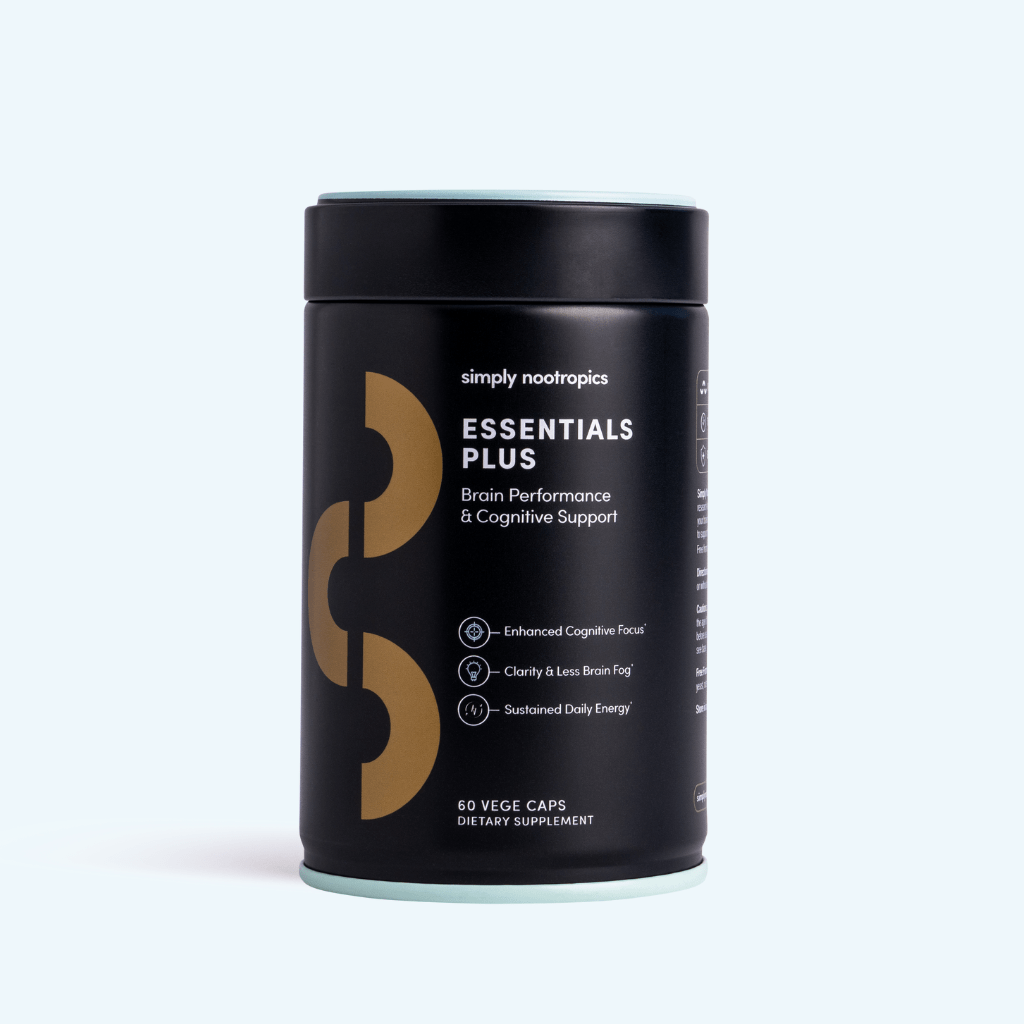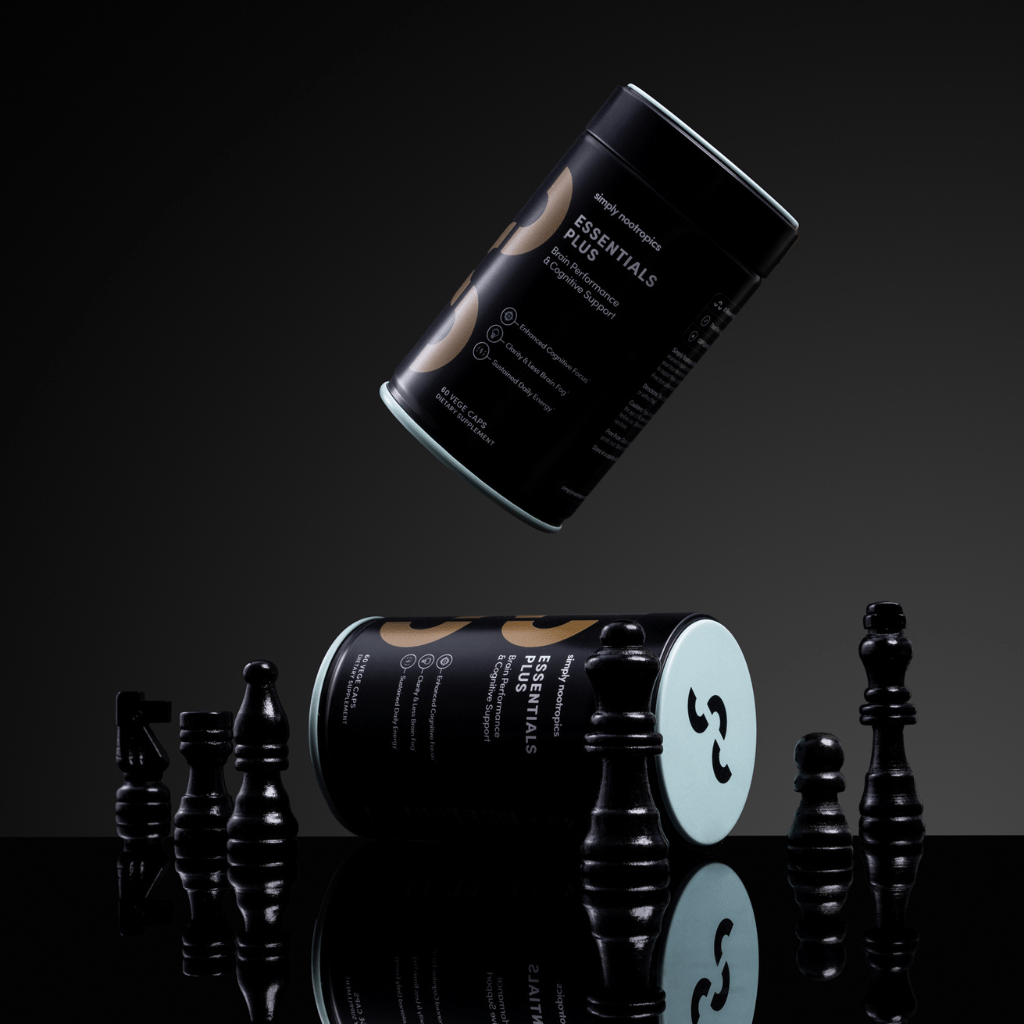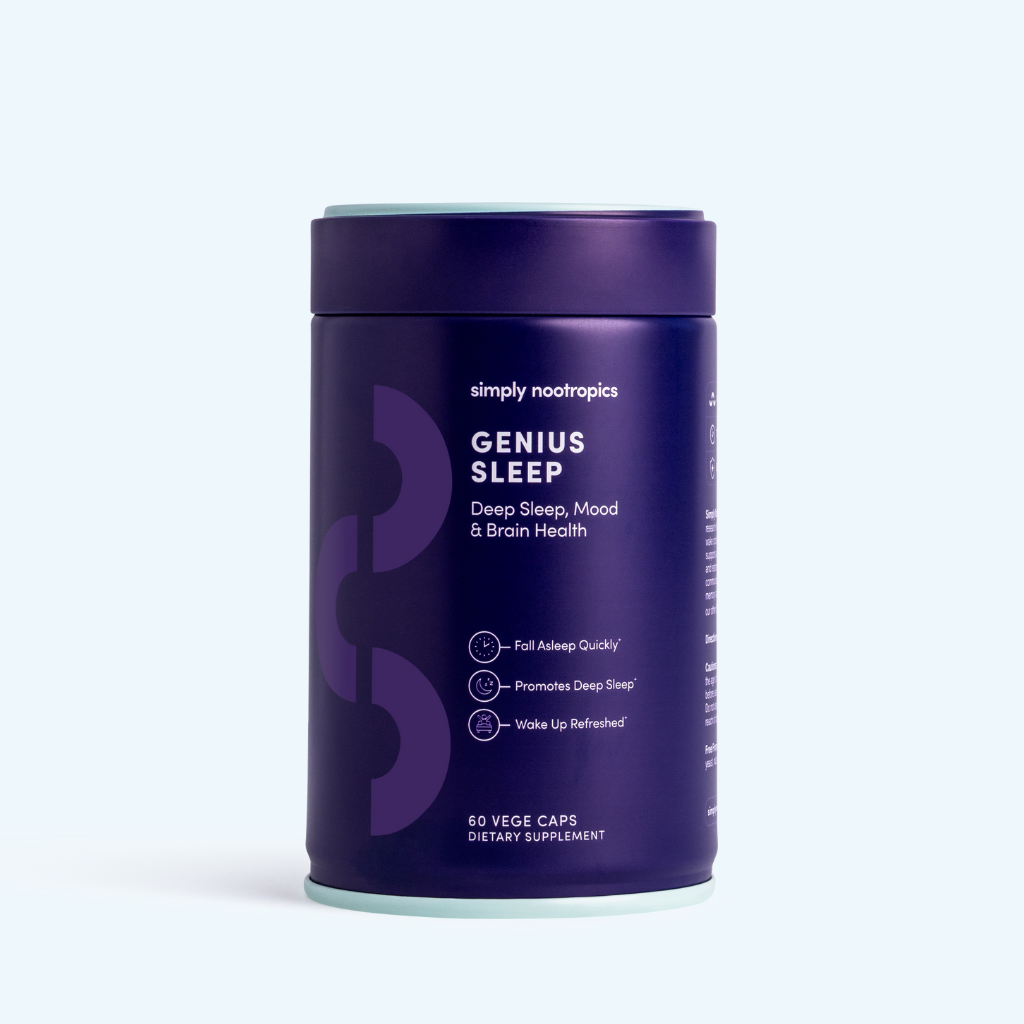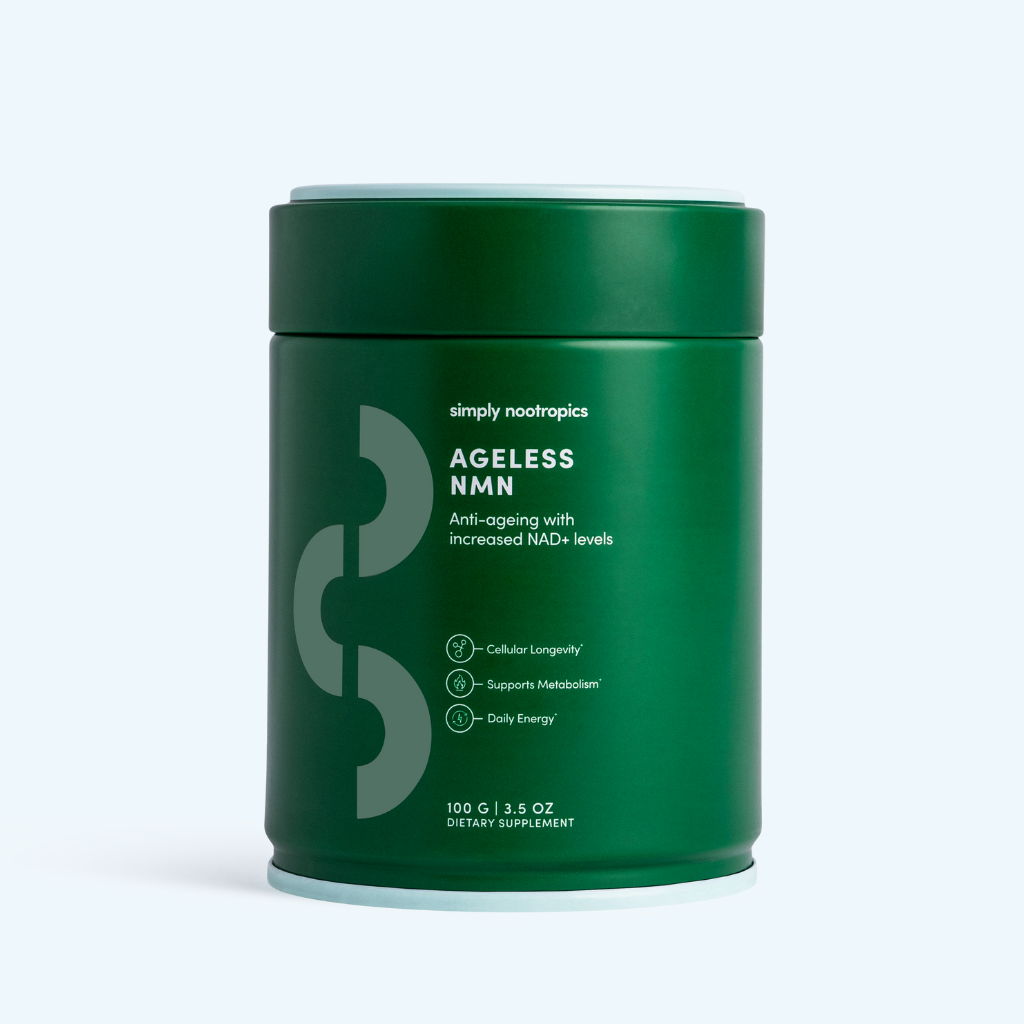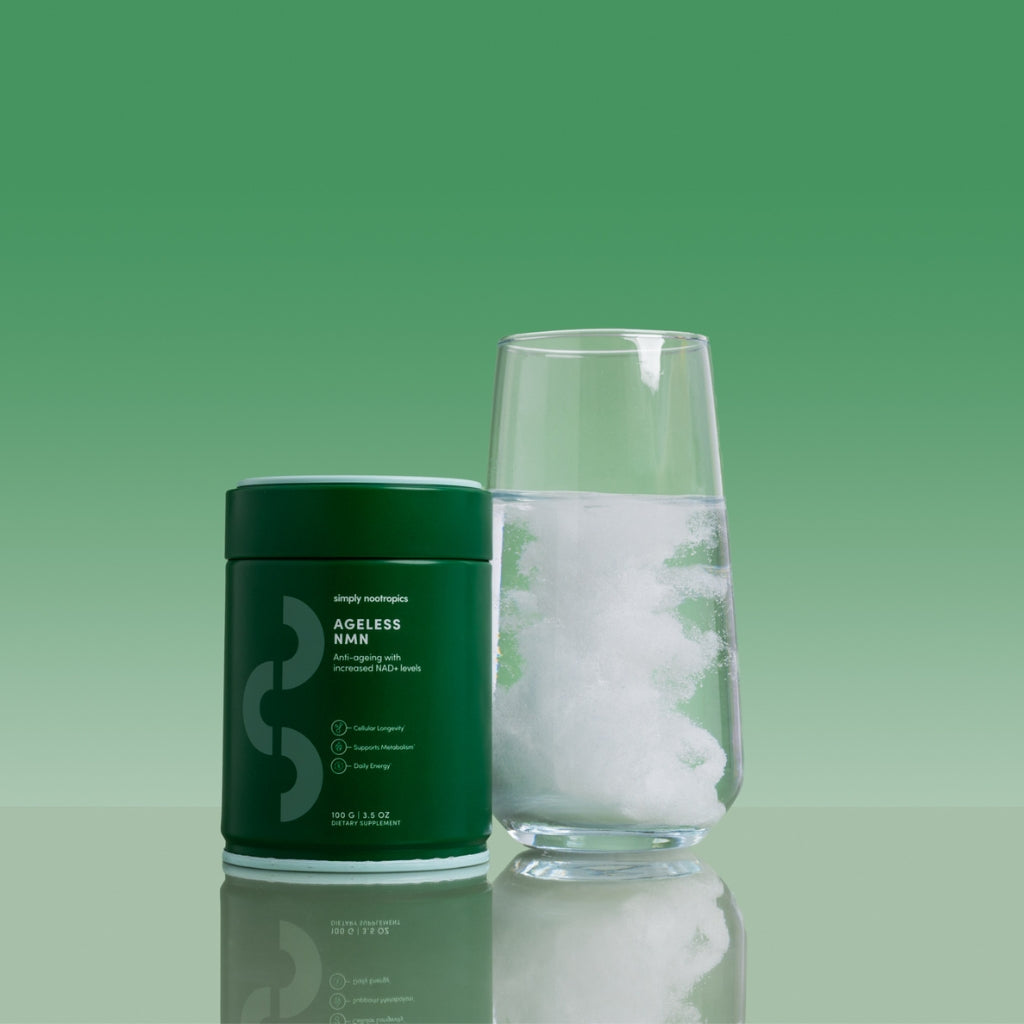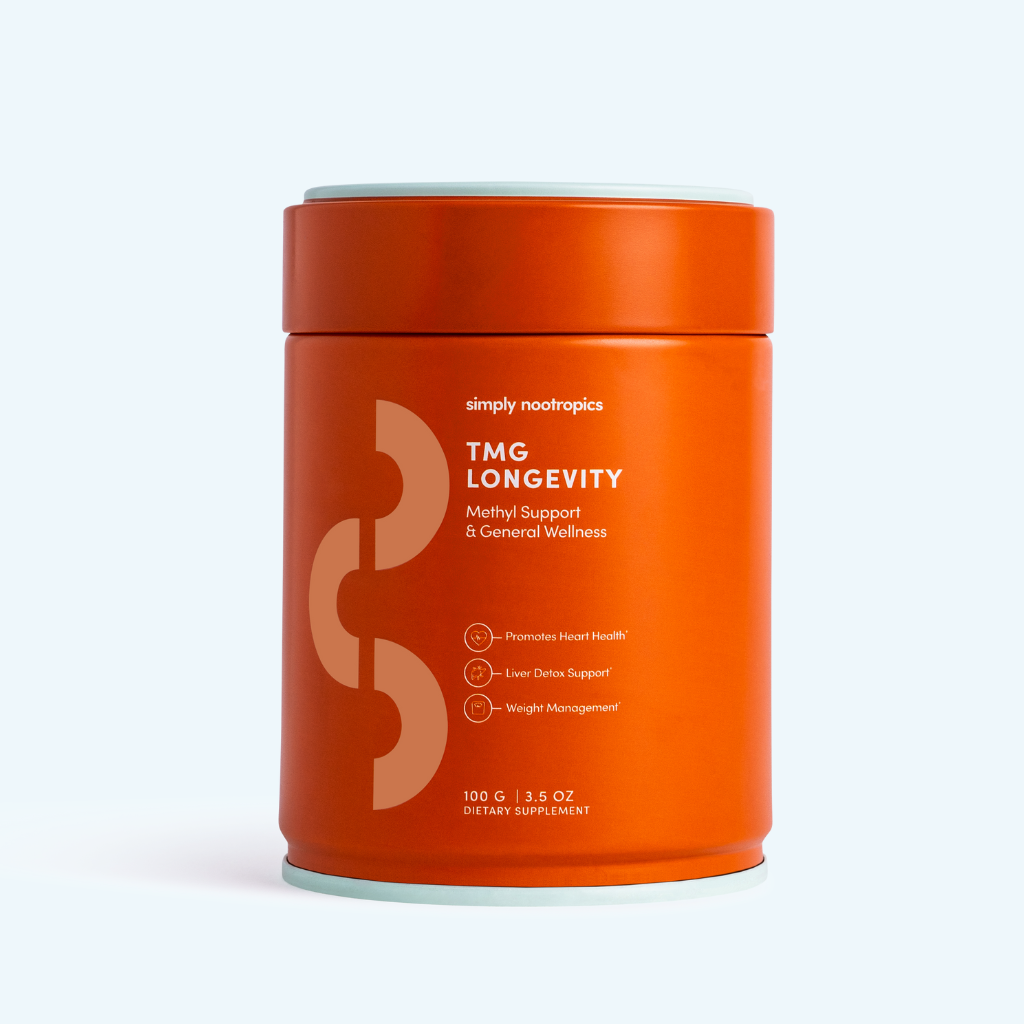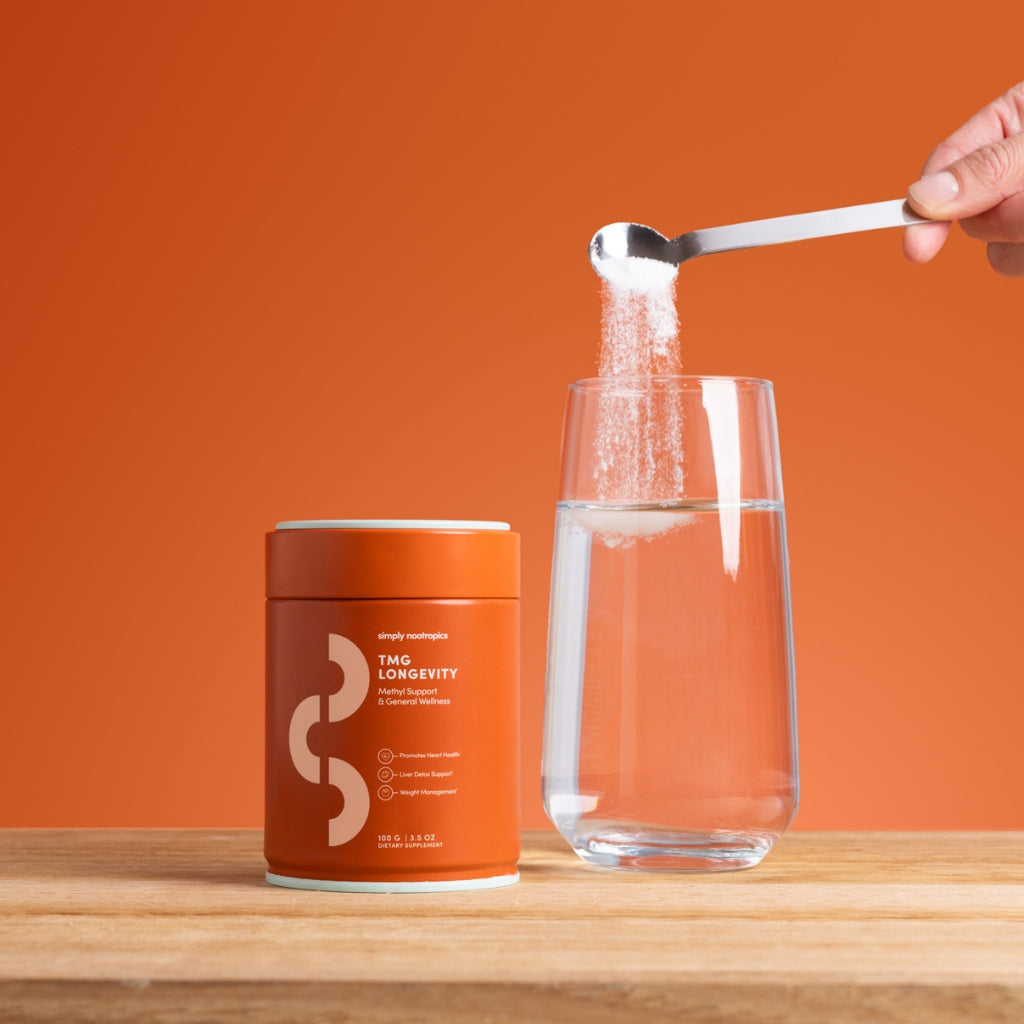When it comes to health and fitness, knowing your body composition is key to understanding your overall health status. For years, the Body Mass Index (BMI) has been the go-to measurement for assessing whether someone is underweight, normal weight, overweight, or obese. BMI has significant limitations though, and health professionals are turning to more advanced methods for measuring body composition, like Bioelectrical Impedance Analysis (BIA).
Let’s explore what BIA is, how it works, its accuracy, and why it offers advantages over traditional methods like BMI.
BMI, The Traditional Approach
Before trying to understand Bioelectrical Impedance Analysis, let’s discover why BMI has been so widely used, and why it falls short. BMI is a simple calculation that uses a person’s height and weight to generate a number that classifies their body weight category. The formula is straightforward: BMI = weight (kg) / height² (m²).
While BMI is easy to calculate and provides a quick snapshot of someone's weight category, it has significant limitations. BMI does not differentiate between muscle and fat, nor does it account for distribution of fat in the body. A bodybuilder with a high muscle mass, for example, might have a high BMI and be classified as overweight or even obese, despite having very low body fat. Similarly, someone with a "normal" BMI could have a high body fat percentage and be at risk for obesity-related health issues, a condition known as "normal-weight obesity."
These limitations have led to the development of more sophisticated methods for assessing body composition, including Bioelectrical Impedance Analysis.
What is Bioelectrical Impedance Analysis (BIA)?
Bioelectrical Impedance Analysis is a method used to estimate body composition, particularly body fat and muscle mass. Unlike BMI, which is a simple calculation, BIA involves measuring the resistance of body tissues to a small, safe electrical signal as it passes through the body.
The principle behind BIA is that different tissues in the body, such as muscle, fat, and bone, have different electrical conductivity. Muscle contains a high percentage of water and electrolytes, making it a good conductor of electricity. Fat, on the other hand, has less water and is a poor conductor. By sending a low-level electrical current through the body and measuring the resistance (impedance) encountered by the current, a BIA device can estimate the amount of lean body mass (muscle) versus fat mass.
How Does BIA Work?
The process of conducting a BIA measurement is quite simple and non-invasive. Typically, a person stands on a BIA scale or holds a handheld device, both of which have electrodes that send and receive the electrical current. The current travels through the body, and the device measures the impedance. Based on this measurement, along with additional factors such as age, gender, height, and weight, the BIA device calculates an estimate of body composition, including:
- Body Fat Percentage: The proportion of your body that is made up of fat.
- Lean Body Mass: The weight of everything in your body except fat, including muscles, bones, organs, and water.
- Total Body Water: The amount of water in your body, which is important for understanding hydration status.
- Basal Metabolic Rate (BMR): The amount of energy your body needs at rest to maintain basic bodily functions.
Benefits of BIA Over BMI
Now that we’ve covered how BIA works and its accuracy, let’s look at why BIA is often preferred over BMI for assessing body composition:
- Differentiates Between Muscle and Fat: Unlike BMI, which lumps all body mass together, BIA distinguishes between fat mass and lean mass. This differentiation is crucial for accurately assessing health risks and tracking fitness progress. For example, someone who gains muscle and loses fat may see little change in their BMI, but BIA would show a decrease in body fat percentage and an increase in lean body mass.
- Provides a More Complete Picture: BIA doesn't just measure body fat; it also provides data on lean body mass, total body water, and BMR. This information is valuable for creating personalised fitness and nutrition plans. For example, knowing your BMR can help you determine your daily caloric needs, while total body water measurements can help ensure you're staying properly hydrated.
- Useful for Tracking Progress: For those on a fitness journey, BIA can be a powerful tool for tracking changes over time. Seeing improvements in muscle mass and reductions in body fat percentage can be far more motivating than simply watching the numbers on a scale change.
- Non-Invasive and Quick: BIA measurements are quick, painless, and non-invasive. Unlike other methods of body composition analysis, such as DEXA scans or underwater weighing, BIA can be done in just a few minutes with no discomfort.
BIA in Practice: How to Get the Most Accurate Results
To get the most accurate BIA readings, consider the following tips:
- Measure at the Same Time Each Day: Your body composition can fluctuate throughout the day due to hydration, food intake, and other factors. For consistency, measure at the same time each day, preferably in the morning before eating or drinking.
- Stay Hydrated: Make sure you're adequately hydrated, but avoid drinking large amounts of water right before the test.
- Avoid Exercise Before Testing: Physical activity can temporarily alter body water distribution, which may affect BIA readings. Try to avoid exercising right before a measurement.
Bioelectrical Impedance Analysis offers a more nuanced and accurate way to measure body composition compared to traditional methods like BMI. Another ally in your fitness journey can be NMN, the NAD+ booster. NMN helps with muscle recovery, it improves endurance, and increases energy levels, making it easier to push through tough workouts and recover more afterward. Incorporating Simply Nootropics NMN into your supplement routine can support your efforts to build muscle, reduce fat, and maintain overall health, complementing the benefits of Bioelectrical Impedance Analysis (BIA).


